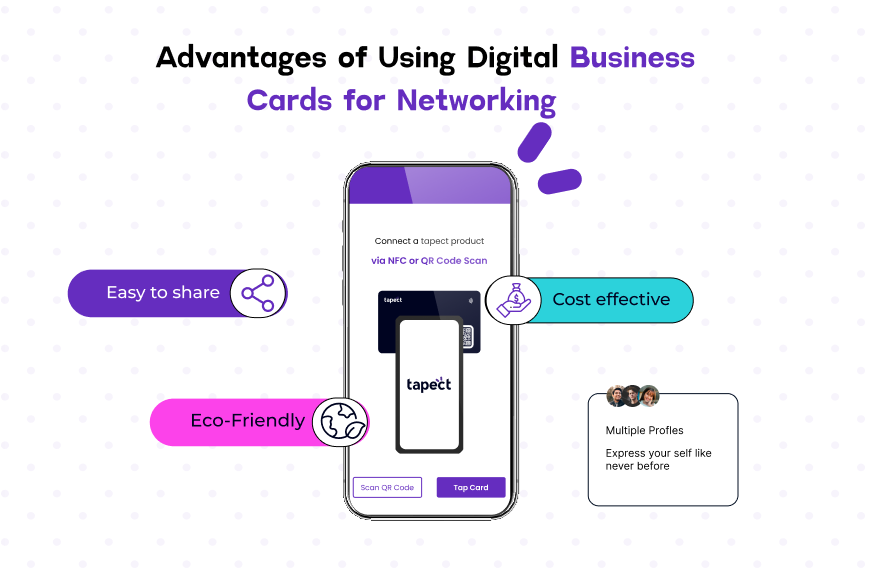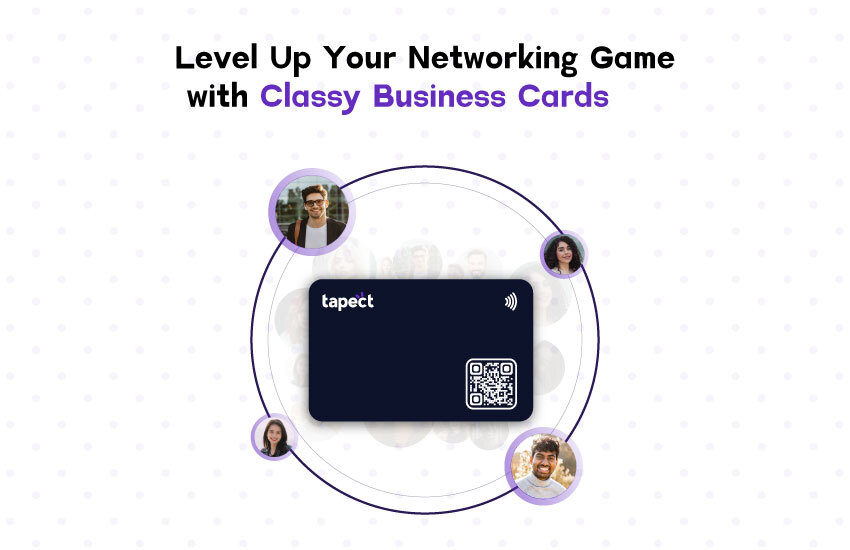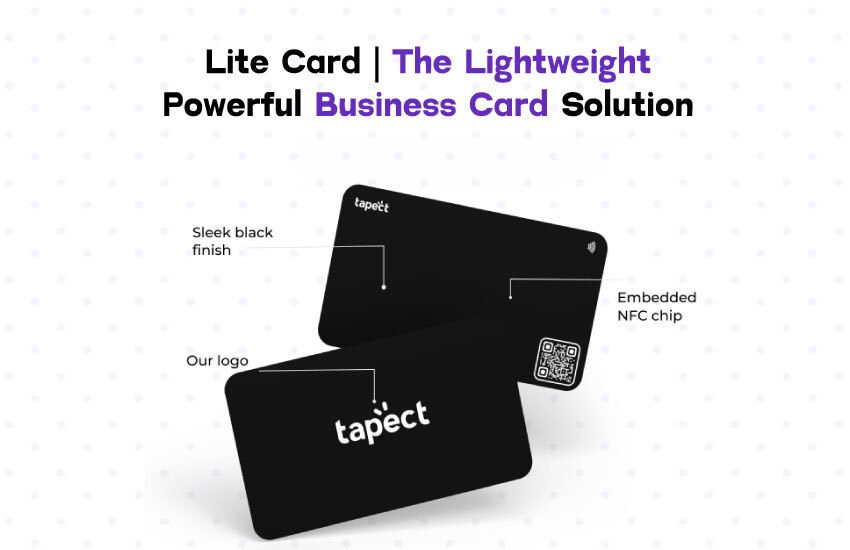Paper-based business cards have been around for centuries. However, networking today is not the same as it used to be. Digitalization has transformed networking, necessitating our tools to adapt. This is why numerous businesses are transitioning from paper-based cards to digital business cards, also referred to as e-business cards. The following data points prove this:
The global market value for digital business cards is experiencing a compound annual growth rate (CAGR) of 11.2%. This market size is projected to reach $242.3 million by 2027. (Source)
#2 Demo inquiries and paid customers for Uniqode’s digital business card solution saw an increase of more than 300% in the last 6 months vs. the previous period.
This article will help you understand the top 10 Advantages of digital business cards. Understanding these advantages will provide a clear insight into why individuals are increasingly transitioning to e-business cards for more effective networking.
Table of Contents
1. Share an extensive amount of information using digital business cards
Transitioning from paper business cards to digital ones offers numerous benefits for networking. Digital business cards overcome physical limitations, boost accessibility, and cut costs. They streamline contact management, enhance sustainability, and improve networking efficiency. With contactless sharing and robust security, digital cards empower smarter networking in the digital age, aligning with sustainable practices.






